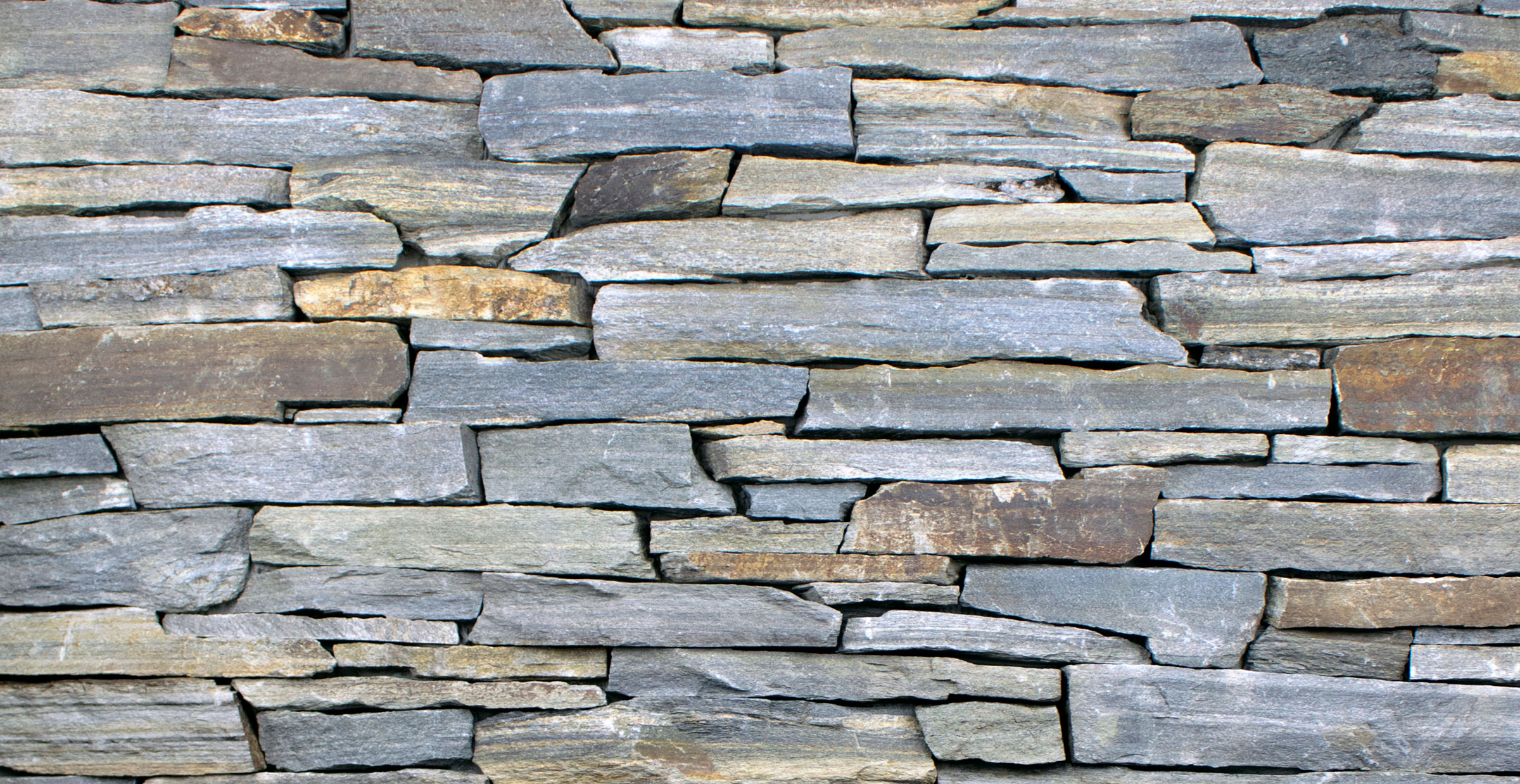
Transportation improved, so stone veneer was transported more efficiently and at lower costs than ever before. Stone veneer construction became much of what we see today in the 1950s. The utilization of thin stone veneer for complete facades of buildings popped up in the 1940s. One-and-a-half inches became the common thickness of stone veneer in the 1930s. The Empire State Building uses this method, having two steel beams for attaching stone veneer on each floor one inside to bear weight, and one acting as a shelf outside to support the building's limestone veneer. This avoided a gradual buildup of weight that resulted in inconveniently thick lower walls. A solution employed in the construction of early skyscrapers was the use of a steel structural frame that supported exterior stone walls at every floor, thereby distributing the load into the frame. Without steel supports, load bearing walls could grow several meters thick on their lowest stories. As buildings began to grow taller with the advent of skeletal steel framing, it became necessary to diminish the thickness and weight of masonry walls in order to withstand the dead weight of the building. In the Late 19th and early 20th centuries non-load-bearing stone veneers were regularly affixed to load-bearing walls behind. It was cut into thick portions and then hand tooled into the appropriate panels the stones that were used were "granite, marble, travertine, limestone, and slate." Early in its development, thin stone veneer only had the capabilities to be utilized in areas such as the inside of buildings, street-level facades and storefronts. The oldest of modern stone veneer product is now disintegrating. Modern stone veneer first made its appearance in the late 1800s. Parts of the Roman Coliseum were originally faced with marble veneer the holes which once held the anchors for the veneer are still visible. For instance, the ancient Romans built large structures out of Roman concrete, and sometimes used a form of stone veneer to face them. Thin stone veneer was first developed in the late 19th century, but there were materials developed much earlier that foreshadowed its use. ( June 2018) ( Learn how and when to remove this template message) Please help improve it by rewriting it in a balanced fashion that contextualizes different points of view. Your Project Coordinator will guide you through color selection, how much GenStone you need and be your single point of contact for any installation questions you may have along the way.This section may lend undue weight to certain ideas, incidents, or controversies.

Need Help? Tap Project SOS and we will assign your project to a Project Coordinator out of our office in Colorado. Starting with the stone panels below, use the filter to view the entire GenStone system or click into the color of your choice to see projects and the pieces used from the system of the particular color that you are considering.
#Stone veeer install#
This easy to install panelized system goes from the box to the wall in minutes making any exterior stone veneer siding project achievable for the ordinary homeowner without mortar and mess. Choose from nine stone veneer variations and a cohesive system of panels, corner pieces, pillars, ledgers, columns, and trim.
#Stone veeer upgrade#
The easy installation system and high quality of the stone veneer make it a no-brainer for anyone looking to upgrade their home’s curb appeal. GenStone stone veneer siding panels are on sale now! GenStone stone veneer siding gives homeowners and contractors the opportunity to transform home exteriors in a single weekend.


 0 kommentar(er)
0 kommentar(er)
